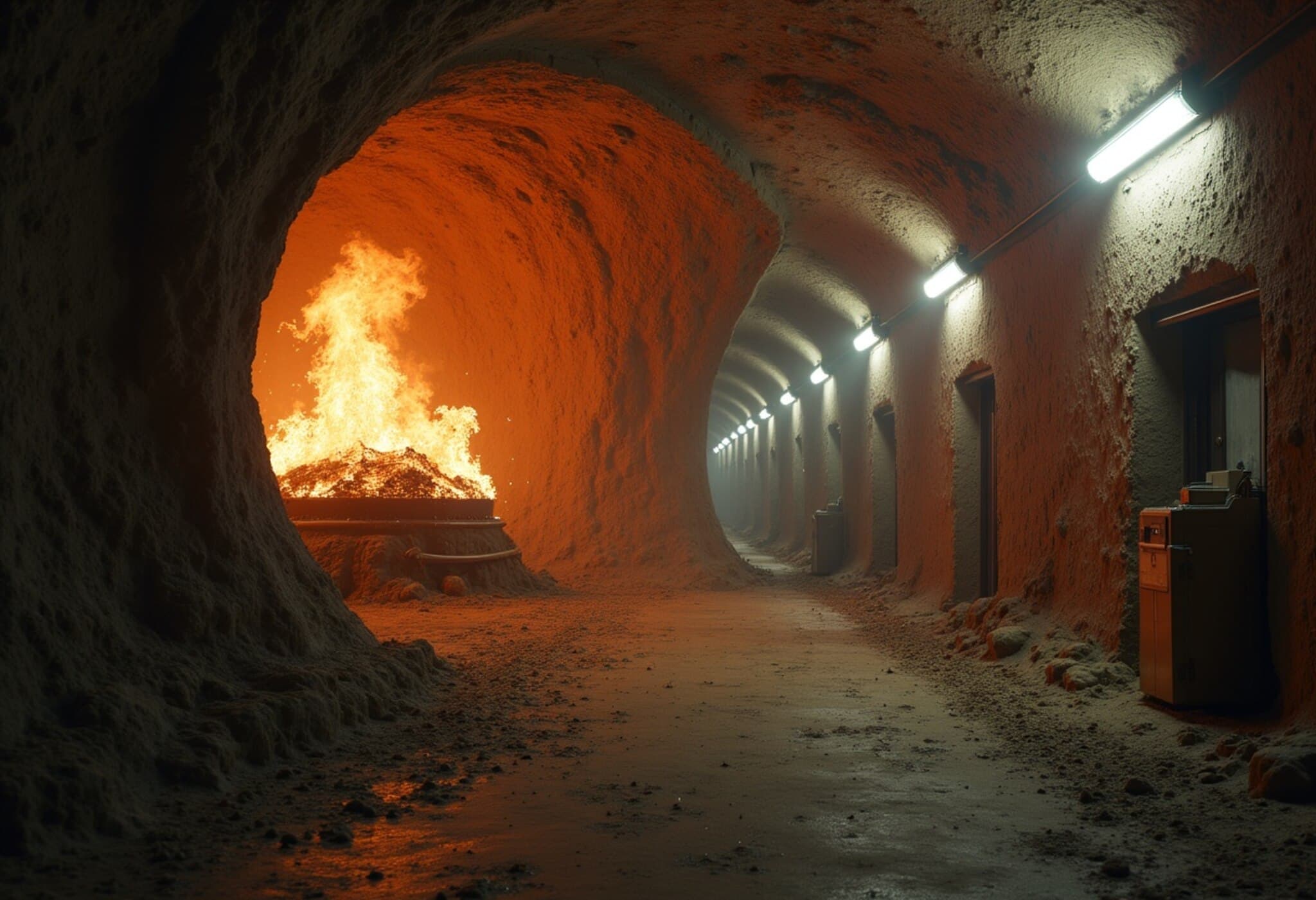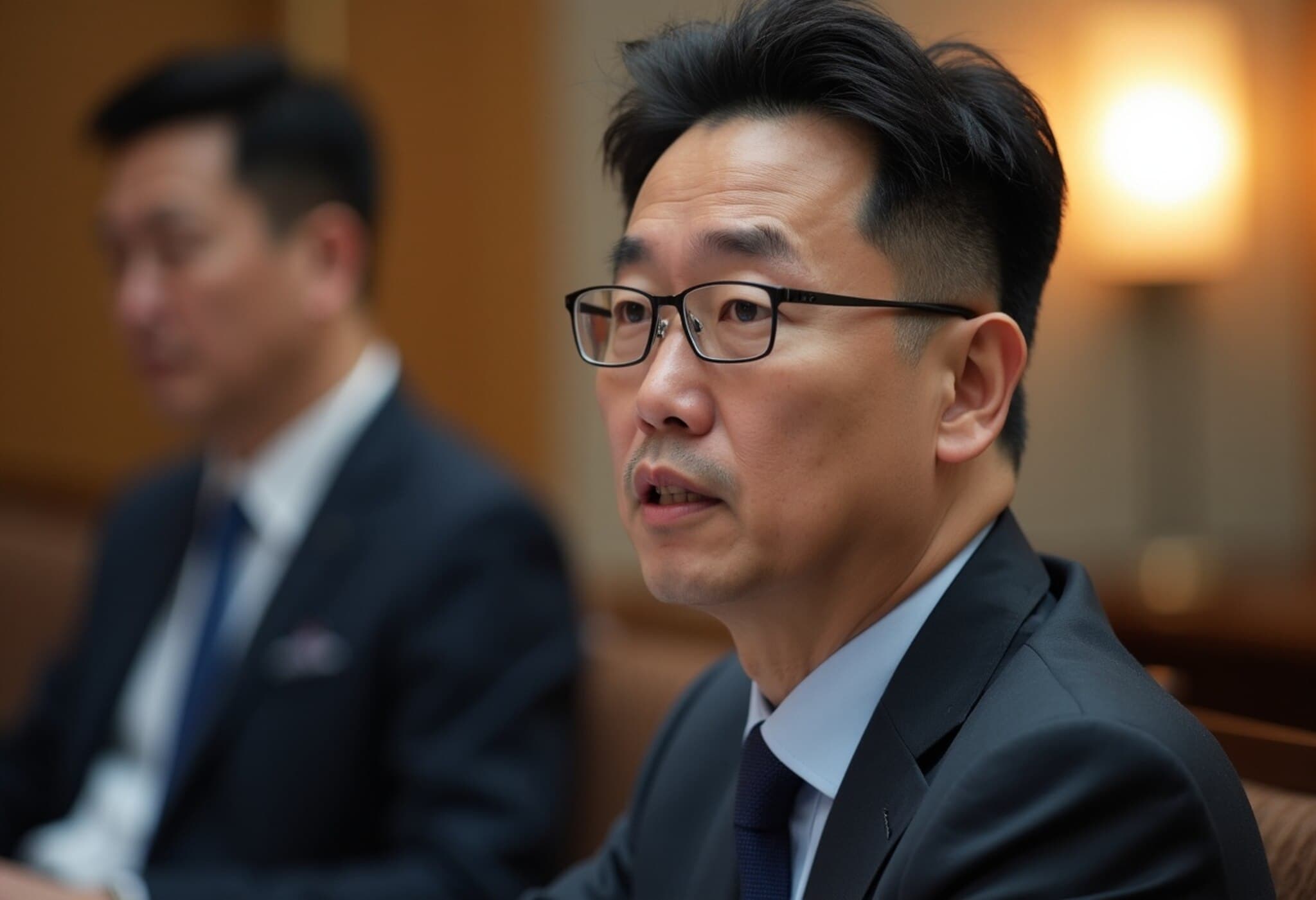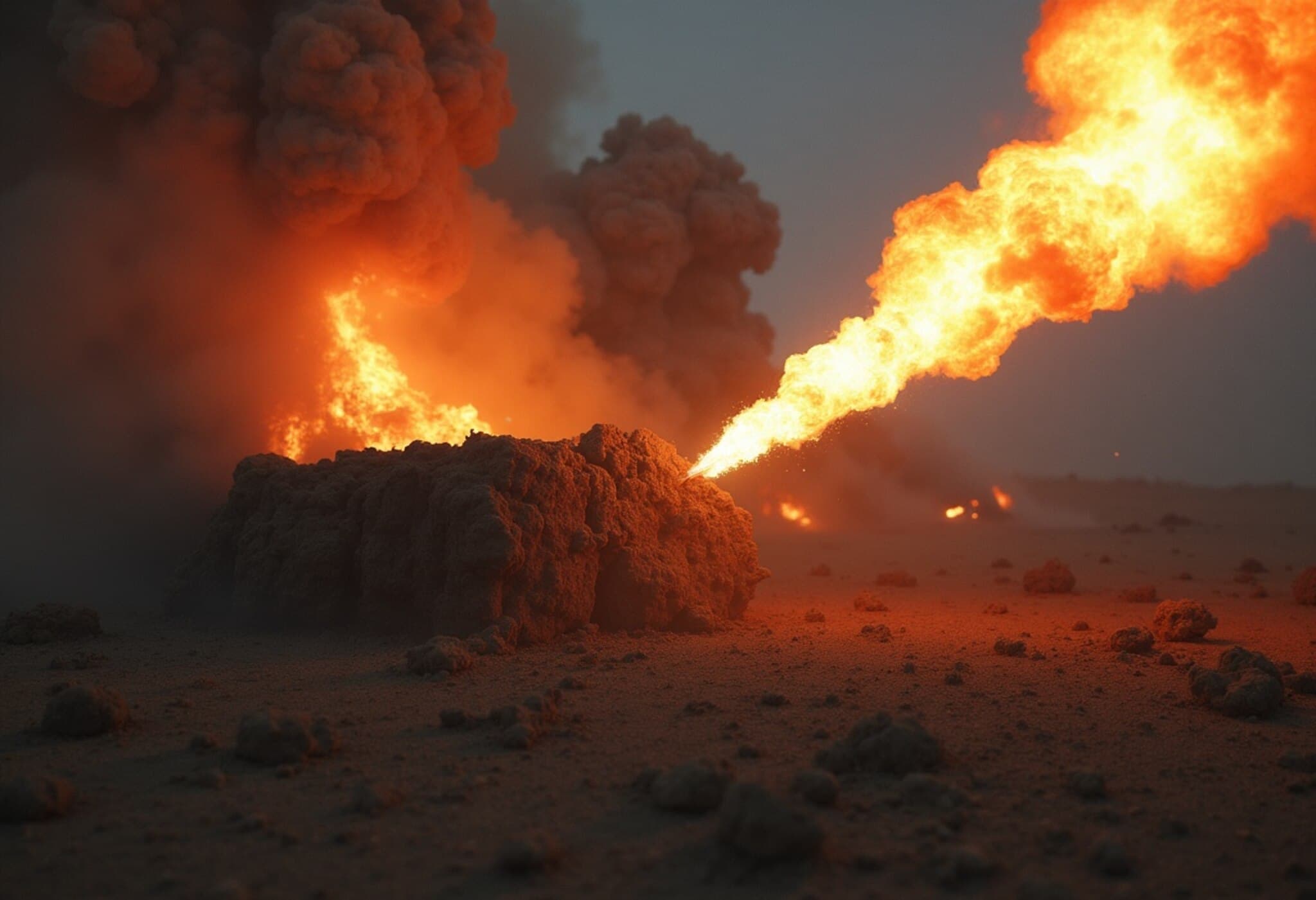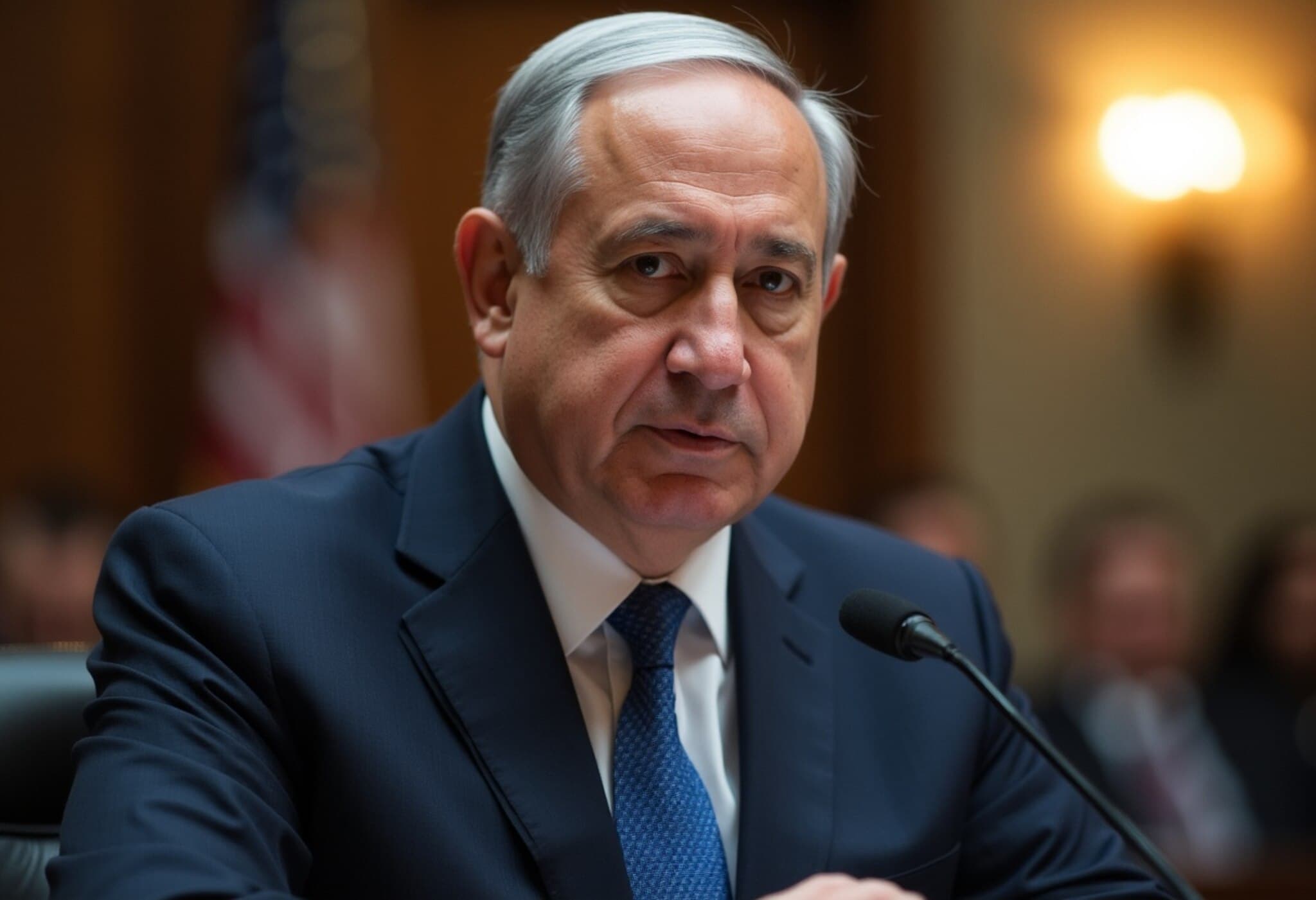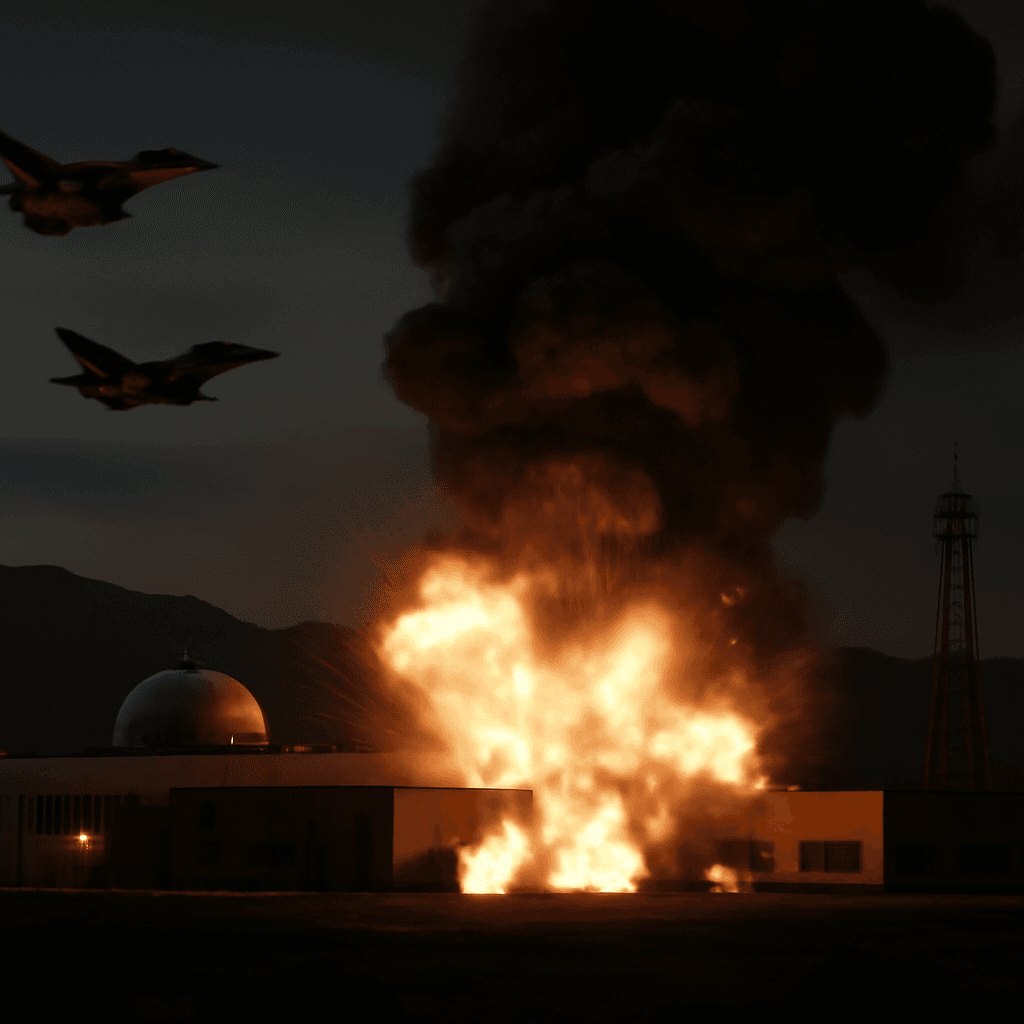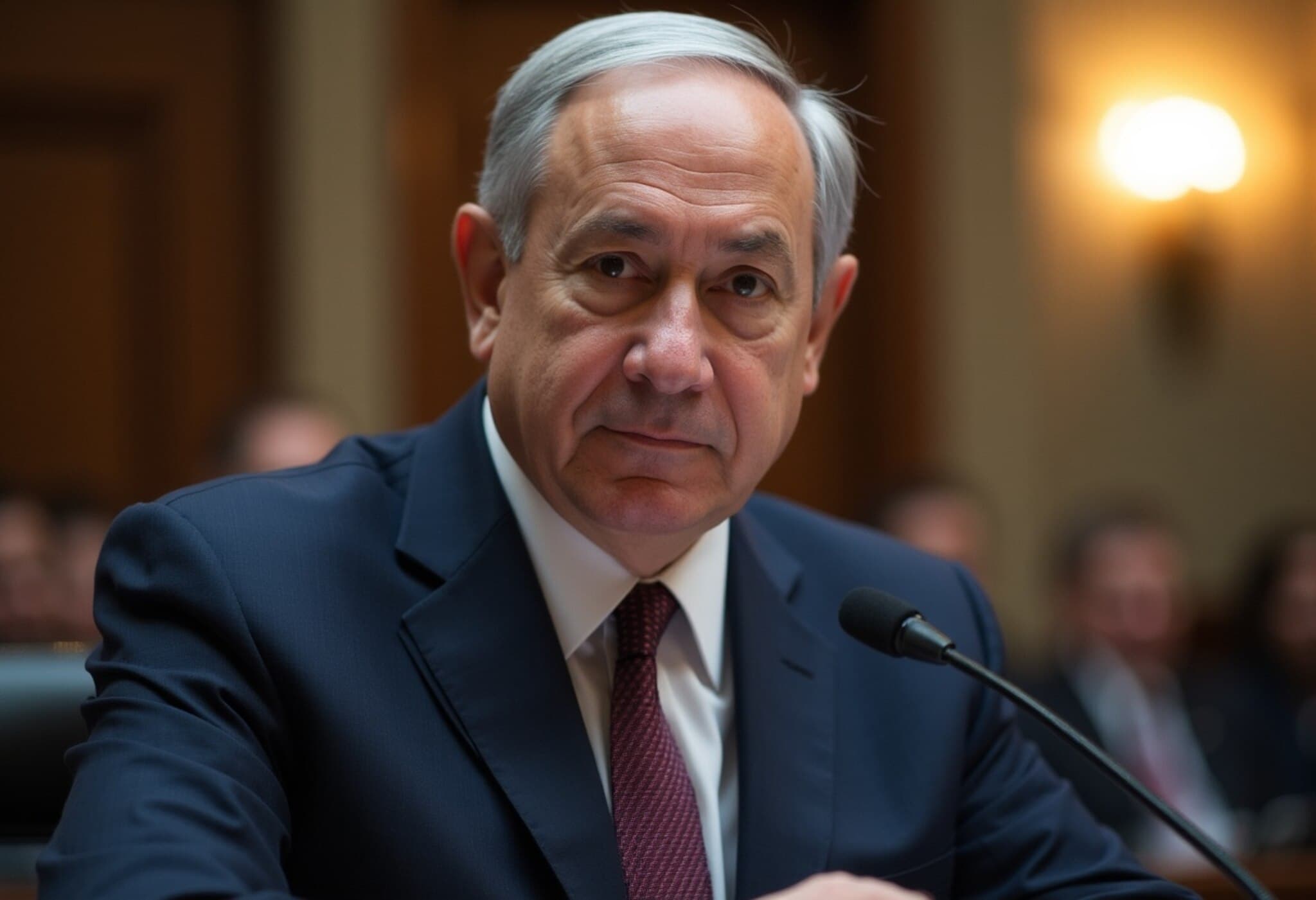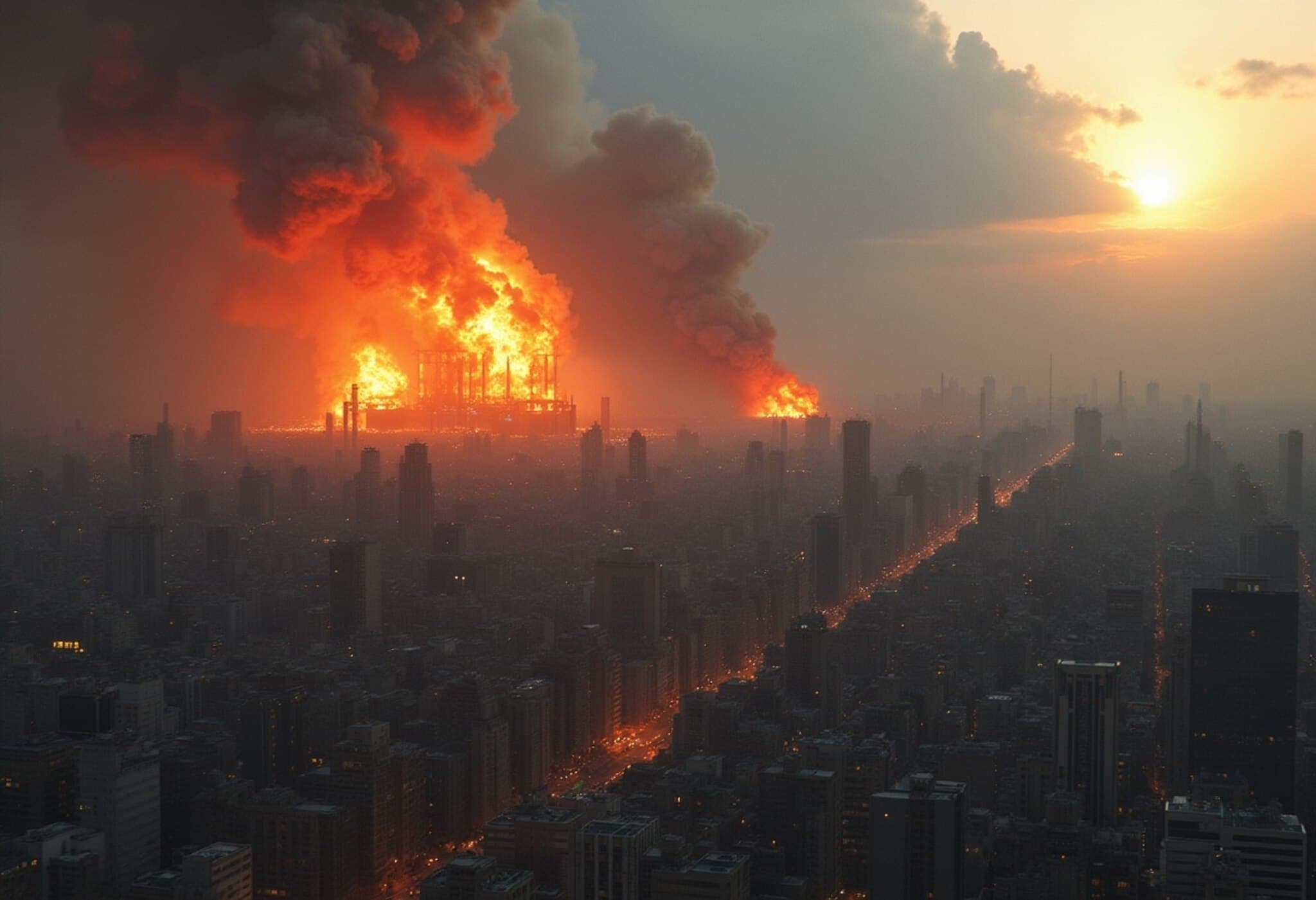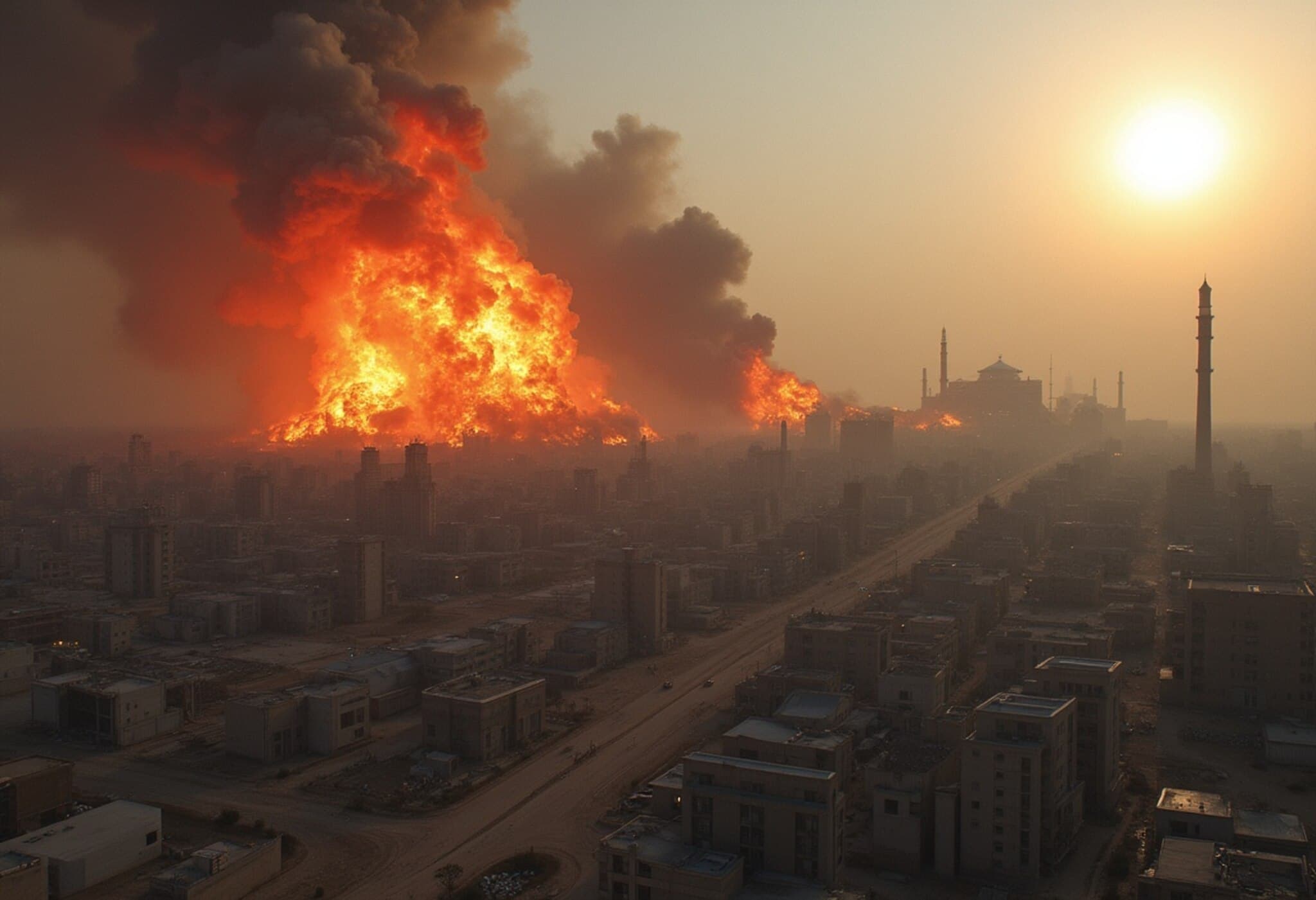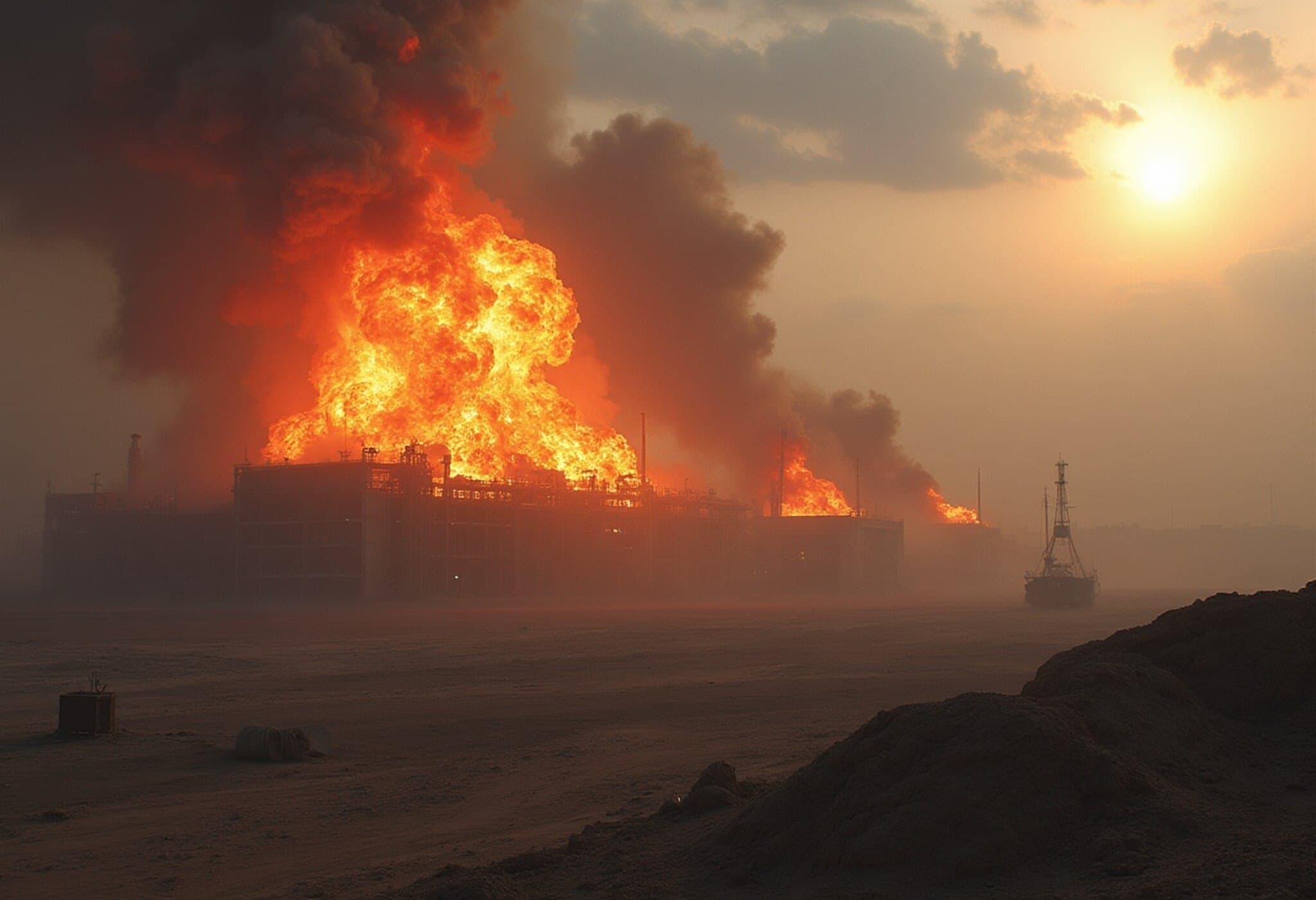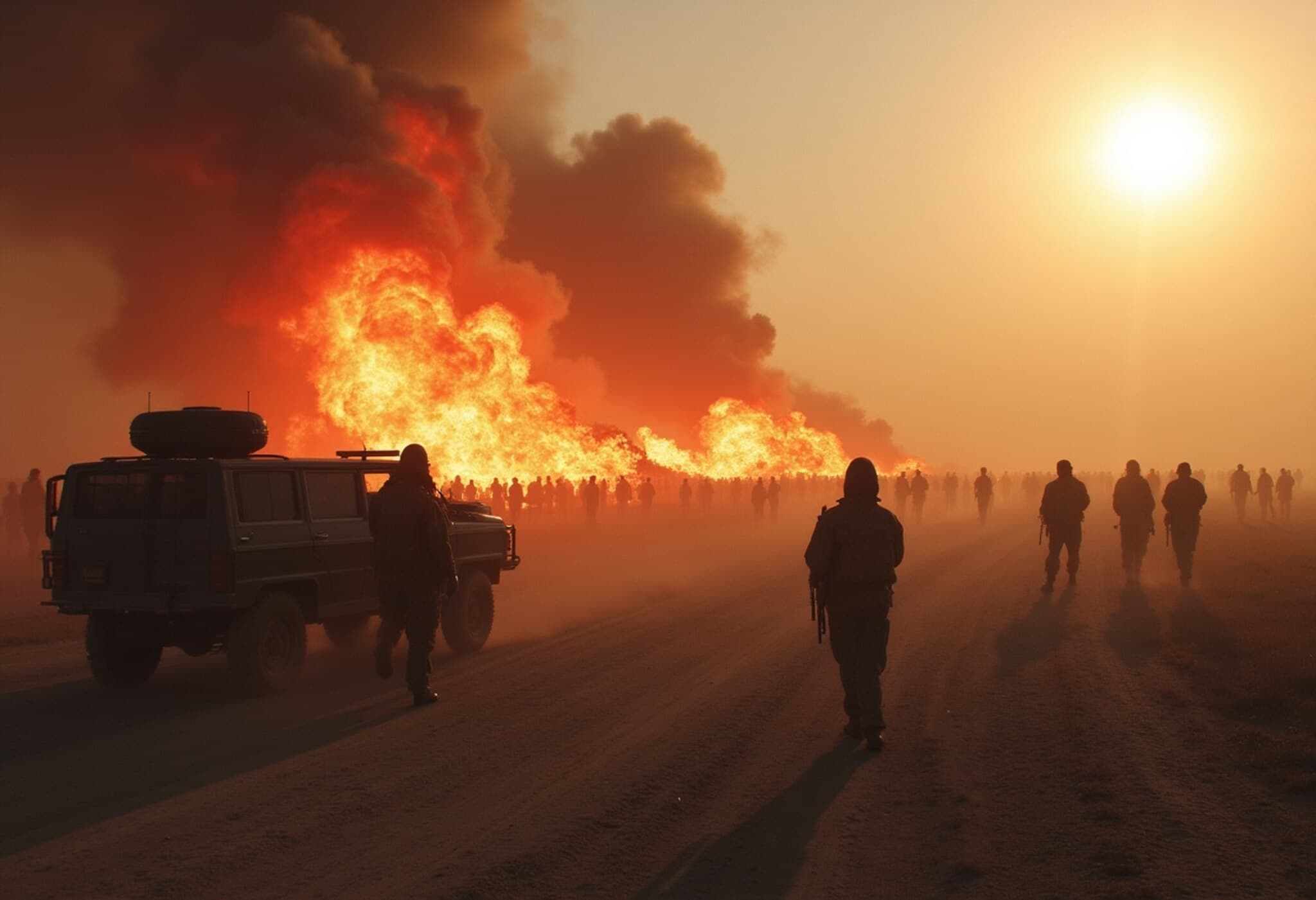Iran's Nuclear Network: More Underground Sites Could Be Operational Soon
Recent developments suggest that Iran may have constructed additional underground nuclear facilities designed for uranium enrichment, beyond those already known. Experts warn these hidden sites could potentially be activated swiftly, raising fresh concerns about nuclear proliferation in the region.
New Underground Complexes and Strategic Redundancy
A newly identified underground complex located south of Natanz is believed to be ready for conversion into a fully operational uranium enrichment center. This assessment comes amid heightened scrutiny following attacks on Iran's key nuclear installations. Some analysts speculate Iran preemptively dug multiple tunnels or sites, leaving some empty until needed. Such preparation enables flexible relocation of nuclear material and equipment to safer locations if threatened.
One expert highlighted the likelihood that Iran has deliberately maintained several sites in reserve to keep options open. This strategy of redundancy and long-term planning allows Iran to maintain resilience despite international pressure and military actions targeting its nuclear program.
What Was Removed Before Strikes?
U.S. and Israeli intelligence agencies suggest substantial nuclear materials and equipment may have been moved out of key facilities before recent strikes. While exact quantities and specifics are unknown, enriched uranium stockpiles and centrifuges could have been relocated to secure locations, perhaps including the newly identified underground complex south of Natanz.
Despite previous claims that Iran's primary nuclear sites were "completely and totally obliterated," insiders acknowledge a significant degree of uncertainty regarding what was safeguarded prior to the attacks. This ambiguity fuels concerns about Iran's potential to resume uranium enrichment sooner than anticipated.
Iran’s Timeline and Capacity to Restart Enrichment
Although Iran may appear temporarily hindered, experts warn the disruption is likely short-lived. The regime’s current instability could delay immediate restart, but within six months, Tehran might regain the capability to enrich uranium, potentially up to 60% purity—a level significant for nuclear weapons development.
The head of Iran's Atomic Energy Organization announced the completion of a new enrichment site in a "secure, invulnerable location," with centrifuge installation underway. This underscores Tehran's commitment to expanding its nuclear infrastructure underground, seeking to protect activities from external threats.
Broader Context: Iran’s Expanding Underground Military Infrastructure
Beyond nuclear facilities, Iran has extensively developed underground military bases, including vast "underground cities" stretching over 2,200 kilometers. These fortified networks reportedly host missile systems, drone platforms, helicopters, and warships, especially near southern waterways and offshore islands, showcasing a broad push towards concealment and defense enhancement.
Unaccounted Nuclear Material: The Core Concern
The lingering question revolves around nuclear material inventory. U.S. officials have acknowledged that enriched uranium enough to build approximately ten nuclear bombs remains unaccounted for. This raises pressing international security concerns, given the difficulty in tracking such materials within underground facilities.
Key Takeaways
- Iran likely maintains multiple underground sites that could be rapidly activated for uranium enrichment.
- Recent strikes might not have neutralized all nuclear materials, as significant amounts were possibly relocated.
- New underground complexes near Natanz are primed for nuclear activity, with expansion ongoing.
- Iran’s broader underground military infrastructure is extensive and sophisticated.
- The international community remains wary as significant enriched uranium stockpiles remain untracked.

